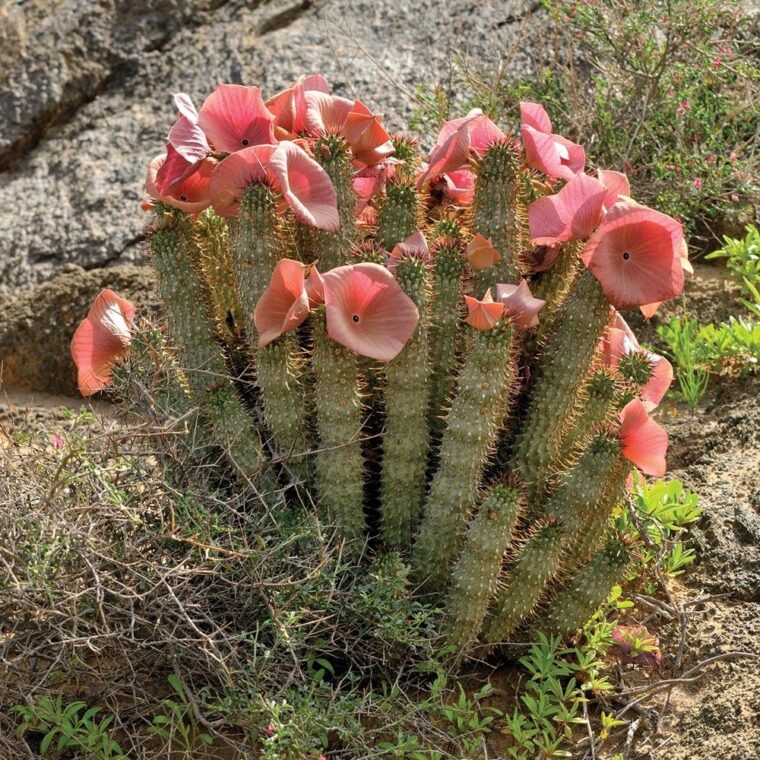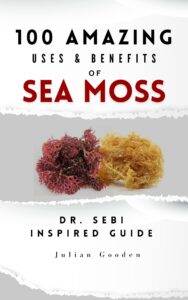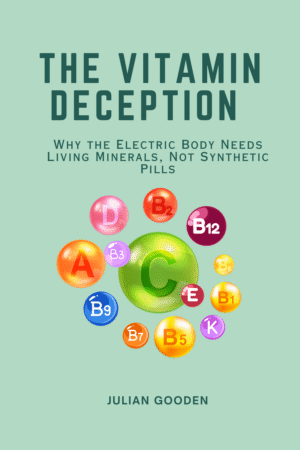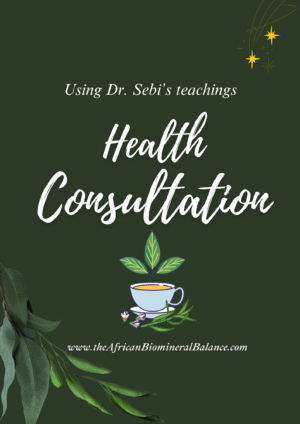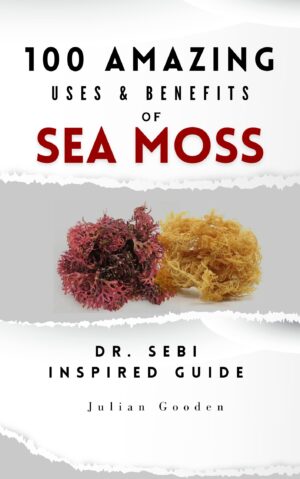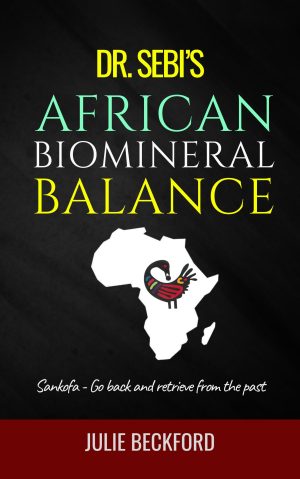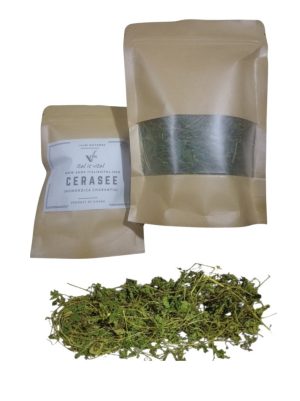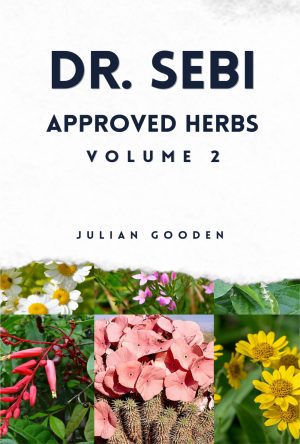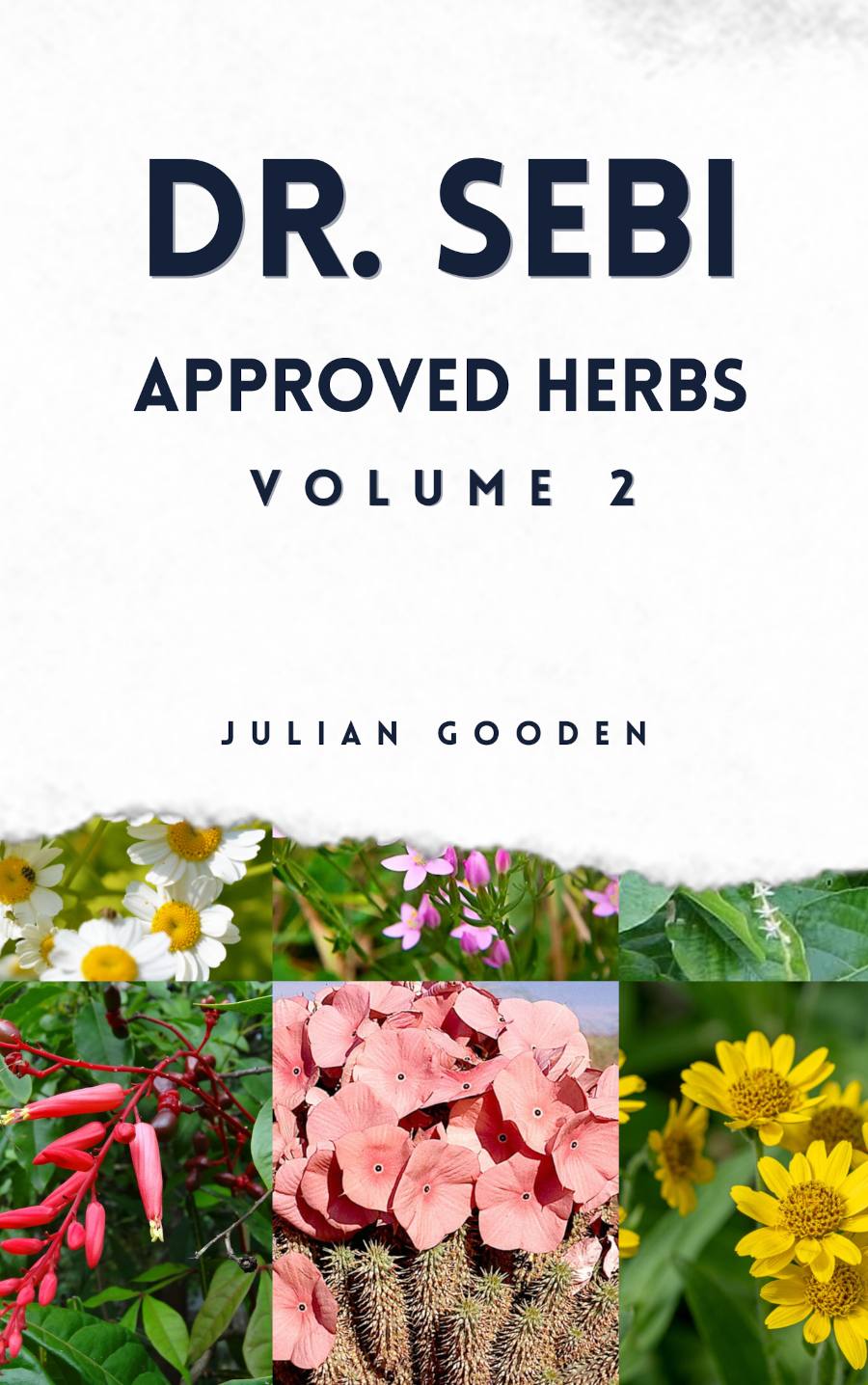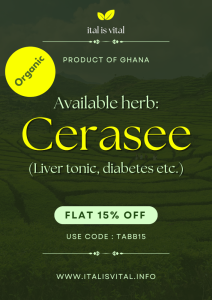General Information for Hoodia
Botanical Name: Hoodia gordonii
Common Names: Hoodia, Bushman’s Hat, Xhoba (Khoisan name), Ghaap, Hoodia cactus (though not botanically a cactus), Kalahari cactus, Queen of the Namib
Family: Apocynaceae (Subfamily Asclepiadoideae)
Plant Type: Succulent perennial
Parts Used
Fresh or dried stems (aerial parts)
Botanical Description
Hoodia gordonii is a leafless, spiny succulent adapted to survive the extreme conditions of semi-arid and desert environments in Southern Africa, particularly the Kalahari Desert spanning Namibia, Botswana, and South Africa. The plant typically grows in dense clumps, reaching heights of 30–60 cm, though some specimens can grow taller under optimal conditions. Its upright, cylindrical stems are pale green to grayish-green, with a waxy texture that helps conserve water. The stems are studded with sharp, thorn-like spines arranged in rows, giving the plant a rugged, almost cactus-like appearance-though it is not a true cactus but a member of the milkweed subfamily Asclepiadoideae.
The plant’s flowers measures 7-10 cm in diameter and ranges in color from pale purple to brownish-red. It’s saucer-shaped blooms emit a strong, carrion-like odor, resembling rotting meat, which attracts flies as pollinators in the absence of bees or other insects in its arid habitat. The flowers develop into small, horn-shaped seed pods that split open to release seeds with silky tufts, aiding wind dispersal.
Like other milkweeds, Hoodia gordonii produces a bitter, milky sap when cut, which contains latex and can be irritating to the skin or eyes. The plant’s ability to store water in its thick stems allows it to thrive in environments with minimal rainfall, often surviving extended droughts. Its root system is shallow but widespread, enabling it to capture sparse surface moisture efficiently.
Hoodia gordonii is one of approximately 20 species in the Hoodia genus, but it is the most studied and commercially significant due to its appetite-suppressing properties. Other species, such as Hoodia currorii or Hoodia lugardii, are less common and lack the same level of traditional or scientific documentation.
Traditional Use
For centuries, the San people (also known as Bushmen), indigenous to the Kalahari Desert, have used Hoodia gordonii as a vital resource during long hunting expeditions or periods of food scarcity. The San would peel the spines from the fresh stems and chew or suck the juicy, bitter flesh to suppress hunger and thirst, allowing them to endure days without food or water in the harsh desert environment. This practice was not about weight loss in the modern sense but about survival, enabling hunters to maintain energy and focus during extended treks across vast, resource-scarce landscapes.
The San also used Hoodia as a general tonic to combat fatigue and dehydration, leveraging its mild energizing effects to support physical endurance. The plant was often shared communally, with knowledge of its preparation passed down orally through generations. Other indigenous groups, such as the Khoikhoi, may have used Hoodia similarly, though the San are most closely associated with its traditional use.
Importantly, Hoodia was consumed fresh, as drying or processing could diminish its potency. The San’s intimate knowledge of the plant’s properties highlights their deep ecological understanding, developed over time of living in harmony with the Kalahari’s challenging ecosystem.
Constituents
Hoodia gordonii contains a complex array of chemical compounds, with the most notable being:
- Steroidal glycosides: The primary active compound, P57 (also called P57AS3), is a steroidal glycoside believed to be responsible for the plant’s appetite-suppressing effects. P57 is thought to interact with the hypothalamus, mimicking the effects of glucose to signal satiety.
- Minor alkaloids: These contribute to the plant’s bitter taste and may have secondary physiological effects, though their roles are less studied.
- Bitter principles: These compounds enhance the plant’s unpalatability to herbivores, serving as a natural defense mechanism.
- Trace minerals: Absorbed from the mineral-rich desert soils, these include calcium, magnesium, and potassium, which may contribute to the plant’s traditional use as a tonic.
- Oxypregnane glycosides: Related to P57, these compounds may also influence metabolic pathways, though their specific roles are still under investigation.
The exact composition of Hoodia gordonii varies depending on environmental factors, such as soil type, rainfall, and plant age, which complicates standardization in commercial products.
Medicinal Actions
Hoodia gordonii is primarily valued for the following pharmacological effects:
- Appetite suppressant: The P57 glycoside is believed to act on the hypothalamus, increasing ATP levels in neurons and mimicking the sensation of fullness, thereby reducing hunger signals.
- Thirst suppressant: By reducing the perception of thirst, Hoodia helps conserve water in the body, a critical adaptation for desert survival.
- Mild energy enhancer: Unlike stimulants like caffeine, Hoodia provides a subtle boost in stamina, likely due to its glycosides and nutrient content, supporting endurance without jitteriness.
These actions align with its traditional use as a survival aid, but their translation to modern therapeutic contexts has been less straightforward.
Therapeutic Uses
Traditional
- Hunger and thirst suppression: Used by the San during long hunts or migrations to endure food and water scarcity.
- Energy sustenance: Provided a mild boost to physical and mental stamina in resource-scarce environments.
- General tonic: Occasionally used to alleviate fatigue or support overall vitality during periods of stress.
Modern / Popular Uses
- Weight management: Hoodia gordonii gained global attention in the early 2000s as a potential weight-loss aid, marketed as a natural alternative to pharmaceutical appetite suppressants. It is often included in dietary supplements.
- Appetite control: Used in structured diet programs to help individuals manage cravings or portion sizes, particularly for those with overeating tendencies.
- Metabolic syndrome support: Preliminary research suggests Hoodia may benefit individuals with metabolic disorders by stabilizing appetite.
- Intermittent fasting aid: Some users take Hoodia to ease hunger during fasting periodsl.
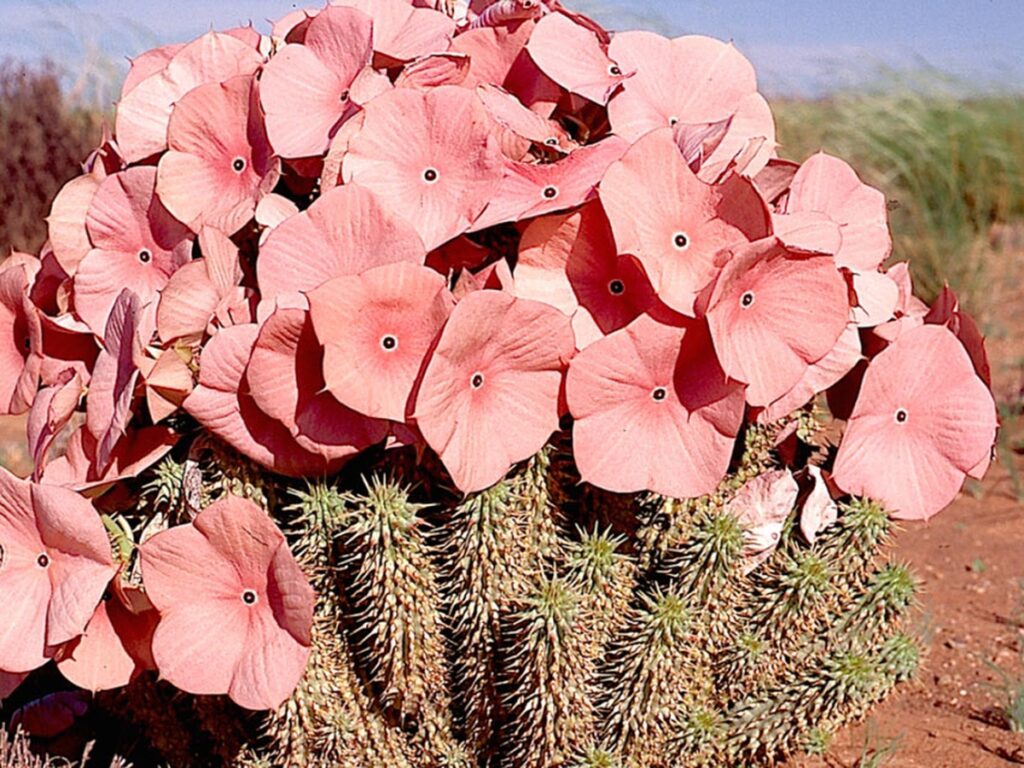
Scientific & Modern Research
The appetite-suppressing effects of Hoodia gordonii were first documented scientifically in the 1960s by the South African Council for Scientific and Industrial Research (CSIR). In the 1990s, researchers isolated P57 and conducted animal studies, showing that rats injected with P57 reduced food intake significantly. This led to a surge of interest from pharmaceutical companies, notably Pfizer and Phytopharm, who explored Hoodia as a potential blockbuster weight-loss drug.
The mechanism of P57 is thought to involve increasing ATP levels in hypothalamic neurons, which signals satiety to the brain, mimicking the effects of a meal. This is distinct from stimulant-based appetite suppressants, which act on the central nervous system. Human studies, however, have been less conclusive:
- Early trials: Small-scale studies in the early 2000s showed modest reductions in appetite and caloric intake among participants taking Hoodia extracts. For example, a 2001 study reported that obese individuals experienced reduced hunger when given P57, though the sample size was small.
- Mixed results: Larger clinical trials have often failed to replicate these findings, with some participants reporting no significant appetite suppression. Factors like poor bioavailability, inconsistent P57 content, and placebo effects have complicated results.
- Commercial challenges: Many Hoodia supplements on the market contain little to no authentic P57 due to adulteration, dilution, or degradation during processing. Fresh Hoodia stems, as used traditionally, are far more potent than processed capsules or powders.
Recent research has also explored Hoodia’s potential in managing blood sugar and insulin resistance, given its effects on hypothalamic signaling. However, these studies are preliminary, and long-term data are lacking. Critics argue that the hype surrounding Hoodia in the early 2000s outpaced the scientific evidence, leading to unrealistic expectations and market saturation with low-quality products.
An important lesson Dr. Sebi often shared was the value of using natural plants as nature presents them – not isolating only certain parts or extracting specific substances believed to be the most “effective,” but recognising that all parts of the plant work together synergistically. Take hoodia, for example: how can its efficacy remain the same when its use in the Western world differs from its traditional use in Southern Africa, yet the same results are expected? Not all plants yield identical effects in all environments or states – a factor that may significantly influence research outcomes.
Preparation & Dosage
Traditional
- Fresh stems: The San peeled the spines from fresh Hoodia stems and chewed or sucked the juicy flesh to extract its active compounds. The bitter taste was tolerated for its functional benefits.
- Raw consumption: The plant was never cooked, boiled, or processed traditionally, as heat and drying reduce the potency of P57 and other glycosides.
Modern Supplements
- Capsules or powders: Most commercial Hoodia products are standardized extracts in capsule or powder form, claiming to contain P57. However, authenticity is a major issue, as many products are diluted with fillers or contain other Hoodia species with lower efficacy.
- Tinctures or teas: Less common but available, these are often less effective due to the instability of P57 in liquid or heated preparations.
- Dosage: Typical recommendations for standardized extracts range from 250–500 mg taken 30–60 minutes before meals, though this assumes genuine Hoodia with active P57. Consumers are advised to seek third-party lab verification for authenticity.
Challenges
- Authenticity: Due to overharvesting and high demand, much of the Hoodia sold commercially is either counterfeit or sourced from less effective species. Independent testing has shown that some products contain no detectable P57.
- Potency: Fresh Hoodia is significantly more effective than processed forms, but fresh stems are rarely available outside Southern Africa due to export restrictions.
Precautions & Safety
Hoodia gordonii is generally well-tolerated when used traditionally, but modern use raises several concerns:
- Side effects: Some users report mild gastrointestinal issues (nausea, bloating), dizziness, or fluctuations in blood pressure. These effects are more common with high doses or prolonged use.
- Contraindications:
- Pregnancy and breastfeeding: Hoodia should be avoided due to unknown effects on fetal development or infants.
- Eating disorders: Hoodia’s appetite-suppressing effects could exacerbate conditions like anorexia or bulimia.
- Diabetes: Its impact on hypothalamic signaling may interfere with blood sugar regulation.
- Drug interactions: Hoodia may potentially altering the metabolism of certain medications, such as statins or antidepressants.
- Authenticity risks: Consuming counterfeit or adulterated products may introduce unknown contaminants or ineffective compounds.
Long-term use of Hoodia has not been studied extensively.
Sustainability & Conservation
Hoodia gordonii faces significant conservation challenges due to its popularity in the global supplement market. Key issues include:
- Overharvesting: The surge in demand during the early 2000s led to widespread illegal harvesting, depleting wild populations in the Kalahari and Namib regions. Some areas have seen local extinctions of the plant.
- CITES protection: Hoodia gordonii is listed under Appendix II of the Convention on International Trade in Endangered Species (CITES), requiring permits for international trade to prevent further depletion. This has limited legal exports but fueled a black market.
- Cultivation efforts: Sustainable farming programs in South Africa and Namibia have been established to reduce pressure on wild populations. These initiatives often involve local communities, including the San, to ensure ethical sourcing and fair benefit-sharing.
- Ethical concerns: The commercialization of Hoodia raised issues of biopiracy, as initial patents by pharmaceutical companies did not acknowledge the San’s traditional knowledge. In 2004, a benefit-sharing agreement was signed with the San, ensuring they receive a portion of profits from Hoodia commercialization, though implementation has been uneven.
Consumers are encouraged to seek Hoodia from certified sustainable sources and to support brands that prioritize fair trade and conservation.
Cultural & Economic Context
The global fascination with Hoodia gordonii reflects broader trends in the commodification of indigenous knowledge. The San’s use of Hoodia was relatively unknown outside Southern Africa until the 1990s, when Western researchers and companies recognized its commercial potential. This led to a “Hoodia boom,” with supplements flooding the market and media touting it as a miracle weight-loss solution.
However, the commercialization process highlighted ethical challenges:
- Biopiracy: Early attempts to patent P57 ignored the San’s intellectual property, sparking debates about the ethics of profiting from indigenous knowledge without compensation.
- Economic disparity: While Hoodia generated millions in revenue for supplement companies, the San initially received little benefit. The 2004 agreement aimed to address this, but its impact has been limited by bureaucratic hurdles and market fluctuations.
- Cultural disconnect: The San used Hoodia for survival, not vanity-driven weight loss. The modern framing of Hoodia as a diet aid often overlooks its cultural and ecological significance.
Summary
Hoodia gordonii is a remarkable succulent with a rich history rooted in the survival strategies of the San people in the Kalahari Desert. Its appetite- and thirst-suppressing properties made it a global phenomenon in the weight-loss industry, but its efficacy in modern supplements is hampered by authenticity issues, and processing challenges.
From a traditional perspective, Hoodia exemplifies the ingenuity of indigenous knowledge, enabling survival in one of the world’s harshest environments. From a modern perspective, it serves as a cautionary tale about the complexities of translating traditional remedies into commercial products, balancing efficacy, safety, sustainability, and ethical considerations.
For those considering Hoodia, sourcing authentic, sustainably harvested products is critical, as is consulting a healthcare provider to ensure safe use. Beyond its pharmacological potential, Hoodia gordonii remains a symbol of the delicate interplay between culture, science, and the environment.
References:
- WebMD. “Hoodia – Uses, Side Effects, and More.” Available at: https://www.webmd.com/diet/hoodia-gordonii-facts
- Provides an overview of Hoodia’s uses, side effects, precautions, and lack of robust scientific evidence for weight loss.
- South African National Biodiversity Institute (SANBI). “Hoodia gordonii.” Available at: http://pza.sanbi.org/hoodia-gordonii
- Details the botanical description, habitat, traditional uses, and conservation status of Hoodia gordonii.
- Memorial Sloan Kettering Cancer Center. “Hoodia.” Available at: https://www.mskcc.org/cancer-care/integrative-medicine/herbs/hoodia
- Discusses traditional uses, active compounds (e.g., P57), scientific studies, and potential drug interactions.
- National Center for Complementary and Integrative Health (NCCIH). “Hoodia.” Available at: https://www.nccih.nih.gov/health/hoodia
- Summarizes the limited evidence for Hoodia’s efficacy in weight loss and highlights safety concerns.
- PubMed. Blom WA, et al. “Effects of 15-d repeated consumption of Hoodia gordonii purified extract on safety, ad libitum energy intake, and body weight in healthy, overweight women: a randomized controlled trial.” Am J Clin Nutr. 2011 Nov;94(5):1171-81. Available at: https://pubmed.ncbi.nlm.nih.gov/21918217/
- Reports findings from a clinical trial showing no significant weight loss or appetite suppression with Hoodia extract, alongside adverse effects.
- CITES (Convention on International Trade in Endangered Species). “Hoodia species.” Available at: https://cites.org/eng
- Outlines the protected status of Hoodia gordonii and regulations on its trade due to overharvesting.
- Phytomedicine. van Heerden FR. “Hoodia gordonii: A natural appetite suppressant.” J Ethnopharmacol. 2008;119(3):434-7. Available at: https://pubmed.ncbi.nlm.nih.gov/18778737/
- Discusses the traditional use of Hoodia by the Khoi-San and the role of P57 in animal studies.
- World Health Organization (WHO). “Traditional Medicine and Intellectual Property: The Case of Hoodia.” Available at: https://www.who.int/publications/i/item/9789241509633
- Covers ethical concerns and benefit-sharing issues with the Khoi-San regarding Hoodia commercialization.


